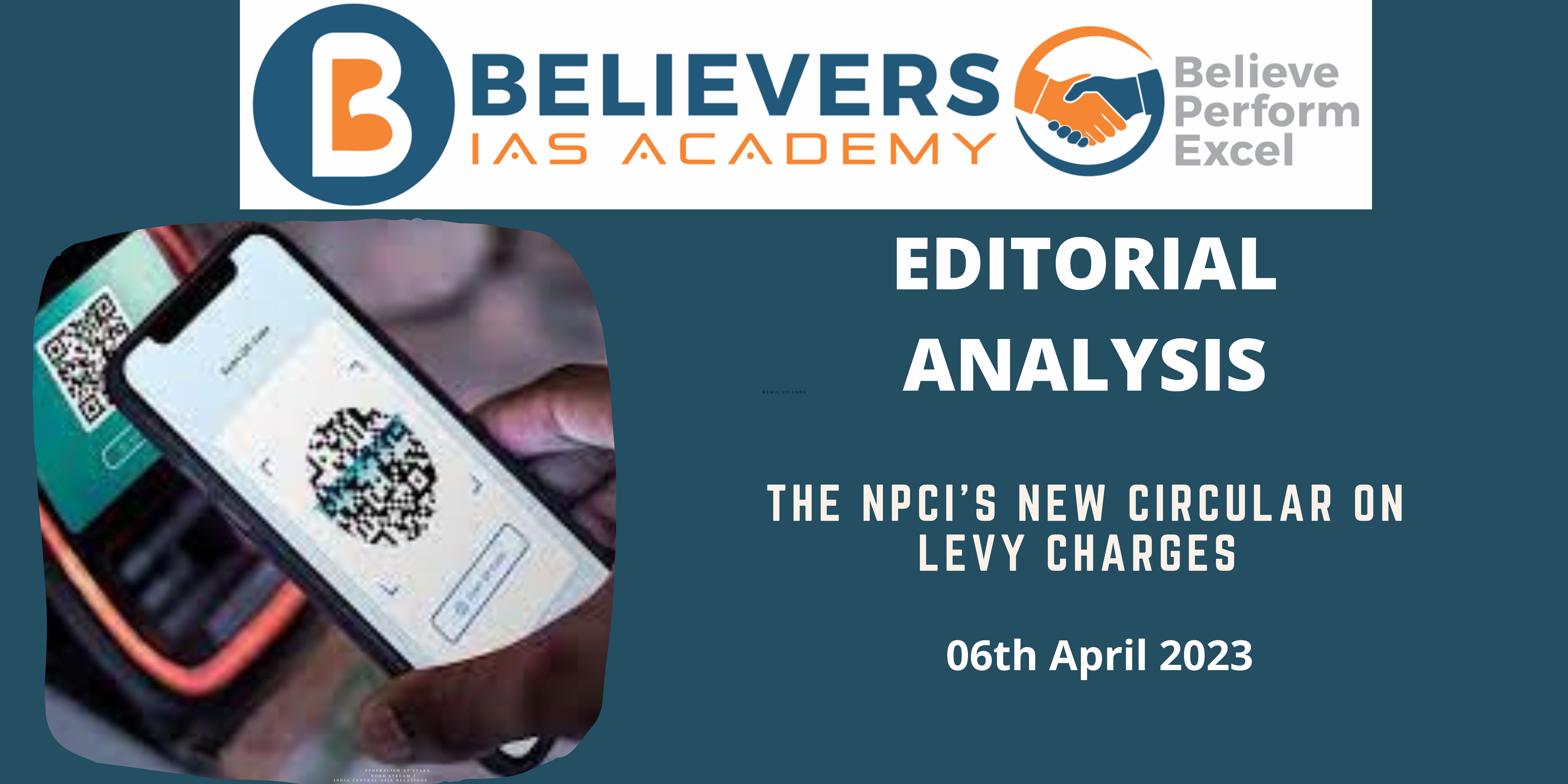Centre to stop sites from weaving ‘dark patterns’ to mislead buyers
Context
On the draft rules for preventing and regulating “dark patterns” on the Internet, notably in e-commerce platforms, the Centre has requested feedback from the general public. The recommendations cover how to avoid and control “dark patterns” like forced action, subscription traps, forced urgency, confirmed shame, and false urgency. The Union Consumer Affairs Ministry’s website has posted the rules for public comment until October 5.
What are Dark Patterns?
A user interface with a dark pattern, commonly referred to as a “deceptive design pattern,” is purposefully created to trick or deceive people into performing actions that they may not have wanted or planned. These behaviours can include making pointless purchases, enrolling in regular payments, or accidentally disclosing personal information.
What are the types of Dark Patterns out there on the Internet?
- False Urgency: Creating a false sense of urgency to encourage immediate action.
- Basket Sneaking: Adding items to a user’s cart without their consent.
- Confirm Shaming: Using shame, guilt, or ridicule to influence user choices.
- Forced Action: Coercing users into actions that lead to additional purchases.
- Subscription Trap: Making it difficult for users to cancel paid subscriptions.
- Interface Interference: Manipulating the user interface to steer users in a certain direction.
- Bait and Switch: Advertising a particular outcome based on user actions.
- Drip Pricing: Concealing elements of prices until later in the process.
- Disguised Advertisement: Presenting advertising content in a way that may mislead users.
- Nagging: Persistently pushing users to take certain actions.
What is the way that the Indian government is planning to curb the Dark Pattern practices?
- Introduction of Draft Guidelines: The Indian government has introduced draft guidelines to address dark patterns on the Internet.
- Scope of the Guidelines: The guidelines primarily target dark patterns in e-commerce platforms, where these deceptive design practices are commonly used.
- . Relevance: The rules are meant to be followed by everyone involved in online services and e-commerce, including users of online platforms, sellers, and marketers.
What are the ways through which we can curb the dark Patterns?
- Regulatory Guidelines: Governments and regulatory organizations have the power to develop and implement regulations that expressly target dark patterns. These rules should specify what counts as a dark pattern and spell out the repercussions of breaking them.
- Transparency Requirements: Platforms and websites should be obligated to tell users of their actions and intentions clearly and transparently. This covers open pricing, clear subscription conditions, and ethical data acquisition methods.
- User education: It’s crucial to instruct users on how to spot frequent dark patterns. Encourage digital literacy to give individuals the power to decide for themselves.
- Reporting Mechanisms: Establish systems to allow users to report instances of suspicious behaviour. Based on these reports, regulatory agencies or consumer protection organizations can look into the situation and take appropriate action.
- Independent Audits: Regular website and platform audits can aid in spotting and addressing dark tendencies. These audits might be carried out by unbiased third-party organizations or groups.




